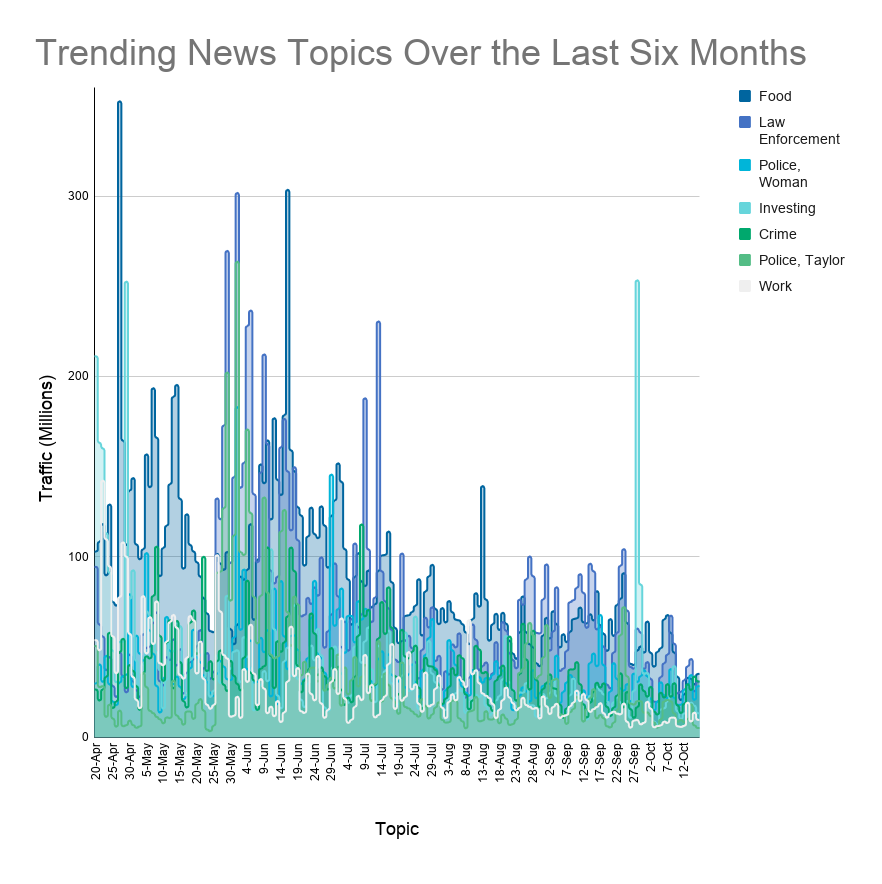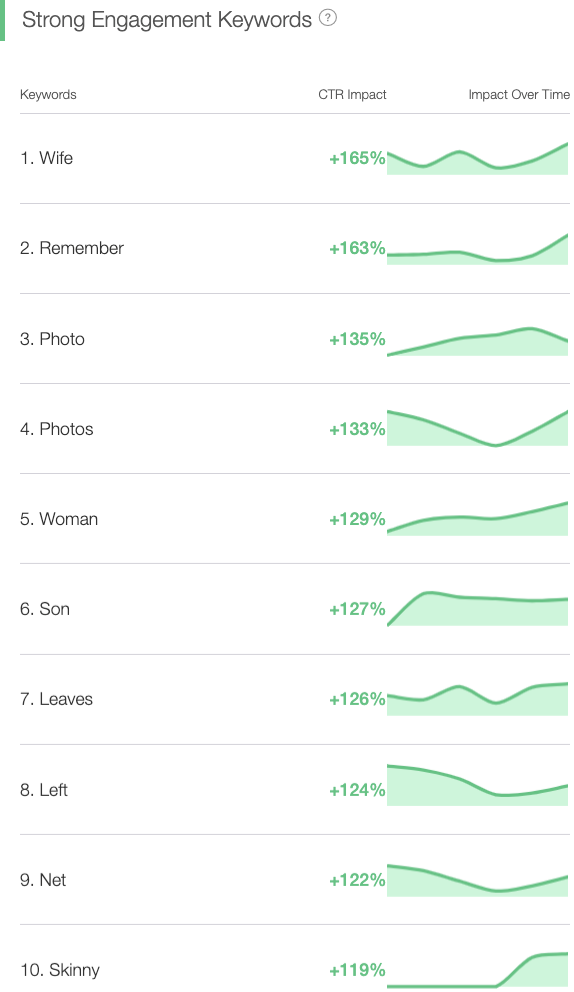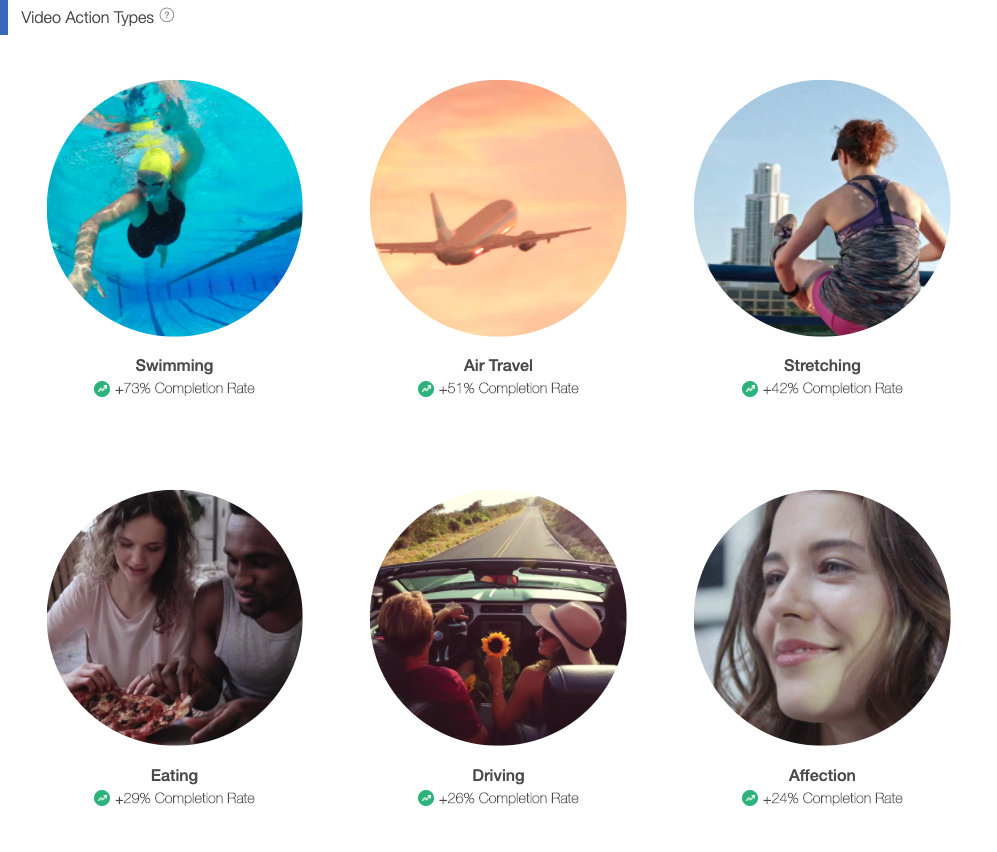Posted by ktaing
Since the COVID-19 pandemic hit in early 2020, business owners have had to move quickly to make drastic changes in their services to meet searchers’ new needs in a continuously unpredictable landscape.
While “Near me” searches saw a slight drop in early 2020, since then, have maintained a steady increase, further solidifying the need for brands and businesses of all sizes to be present and discoverable online.

During the pandemic, almost a third of shoppers have purchased from a brand that’s new to them. In this article, we’ll explore tactics for surfacing your new or updated services digitally to guide and convert these new searchers during their decision-making process.
What types of questions are searchers asking?
How can I do business with you?
When thinking about your Google My Business profile and adjustments to your information, the most important element is informing searchers how they can do business with you.
You’ll want to ensure all of your core location data is updated. This includes marking whether or not you’re temporarily closed. If you’re open, you should have the most accurate operating hours published.
Furthermore, you should make it as easy as possible for searchers to get in contact with you if they have any questions. This includes making sure your phone number is accurate, monitoring your Q&A section on Google My Business, and enabling messaging if you have the staff to respond. These are all methods that make customers feel connected to you, which will encourage them to convert and purchase from you.
What type of safety precautions are you taking with your customers and staff?
The health and safety of customers and employees is top of mind for all searchers. As a business, this information should be front and center so potential customers can understand how important this is to your organization.
It should be incredibly clear to anyone looking to engage with your business what types of safety precautions and protocols you’re following, and how this could impact their trip to your business or the delivery of your services. These should include things like social distancing measures which may result in long lines, mask requirements, etc. Surfacing this information as early as possible makes the decision to do business with you that much easier.
What types of services are you offering, and are these different than normal?
Businesses and consumers have had to adjust to so many new normals. In order to capture new customers and grow the evangelism of existing ones, remove as much friction as possible by communicating changes up front.
If you’ve made changes to services or products that users have come to rely on you for, make it clear what has changed and how. This is especially true for essential businesses that are growing particularly busy and facing supply chain shortages.
What can all businesses do to communicate updates about new and changing services on Google My Business?
1. Update your attributes
Google has rolled out dozens of highly visible attributes and will continue to introduce new ones. This includes details like whether you offer in-person or online service and appointments, delivery and pick up, and safety measures for in-person shopping. Keep an eye on these and make sure all relevant attributes are applied to your business.
2. Publish services and products
If you have these available for your category, they are a great way to introduce new services and products or highlight your most popular ones.
3. Add Google Posts
Now that Google has temporarily lifted the limit on API access for chains, businesses of all sizes should be leveraging posts. Posts allow you to share timely and relevant updates spanning temporary closures, product and service updates, promotions, and gift card options.
4. Update your images
If your product, service, or location looks different to returning customers, this can cause confusion or disappointment. Don’t underestimate the power of updated imagery on your Google My Business profile. Most smartphones have a high enough quality camera that even snapping a few pictures each week and uploading these will be enough.
5. Publish additional hours
Publishing additional hours sets helps to surface the supplemental offerings you have. These include senior hours, online operating hours, drive through hours, pickup hours, and more.
Industry-specific considerations
Healthcare
One of the most impacted industries, especially from a digital perspective, has been healthcare. Both sick and healthy patients have been forced to rethink how they can access their healthcare needs.
Healthcare organizations are making adjustments to serve existing and new patients. There’s been a large shift to offer telehealth appointments in lieu of in-person for a number of specialties from internal medicine to therapy. Governmental agencies also reported increases in telehealth visits, with a 154% increase in the last week of March 2020 alone.
Based on this data, in early April, Google rolled out a telehealth link for healthcare categories. This enabled healthcare organizations and providers to surface and convert patients with non-emergency needs who are cautious of visiting an office in-person.
Just as critical as launching telehealth support was the introduction of the coronavirus testing facility information on maps and search. Google My Business partnered with a number of third party health and governmental sources, as well as with Castlight to ingest data for new testing sites. The roll out of COVID-19 testing information was a phased approach and has evolved over the last few months. For healthcare organizations offering COVID-19 testing, this is the most relevant and critical service you can add to your Google My Business listing.

Retail
For retail businesses, one of the biggest challenges faced over the last few months has likely been inventory fluctuations and ordering methods. This is why businesses of all sizes have been integrating product shopping features and live inventory on their listings. Google even rolled out free product listings in the U.S. to support businesses.
Once retailers have made it easy to see what products are in stock, they’ve had to adjust to support different methods of ordering and pickup. This includes enabling “buy online, pick up in-store”, curbside pickup, and contactless delivery. Google has rolled out attributes to highlight each of these, so businesses should ensure each location’s offerings are reflected.

Financial services
Banks and businesses within the financial service industry have more limited options due to regulations and the nature of their business. In addition to the safety measures they’re taking at their local branches, banking customers have been relying on drive-up support and virtual banking services. By leveraging drive-through and online appointment attributes, as well as by highlighting unique drive-through hours, financial service providers can better help customers understand the ways they can complete their banking.

Restaurants
Restaurants have had to deal with continual and fluctuating mandates that dictate restrictions on how and when they can open. Depending on where the restaurants are located and the guidelines of the area, they have to communicate whether they offer delivery, takeout, and/or dine-in, and what that looks like. Some dine-in has been restricted to outdoor dining only, while others have been restricted to smaller capacities to allow for social distancing.
There are a number of Google My Business features that you can utilize in order to let customers know what dining features you have available. Restaurants should make sure to keep their dine-in, delivery, and take-out attributes updated. Utilizing posts to describe dining accommodations such as outdoor-only or limited indoor capacity can also be helpful for customers. If you’re offering delivery, online orders, or reservations, make sure you’ve reviewed the Online Ordering feature that activates the blue action buttons on your Knowledge Panel.

Conclusion
Businesses of all sizes and industries have made it easier for consumers to engage with them as this pandemic continues to drive changes in everyday life. Follow these tips to make sure your updates are discoverable on your Google My Business profile, where the majority of “near me” searches are happening.
Sign up for The Moz Top 10, a semimonthly mailer updating you on the top ten hottest pieces of SEO news, tips, and rad links uncovered by the Moz team. Think of it as your exclusive digest of stuff you don't have time to hunt down but want to read!













































